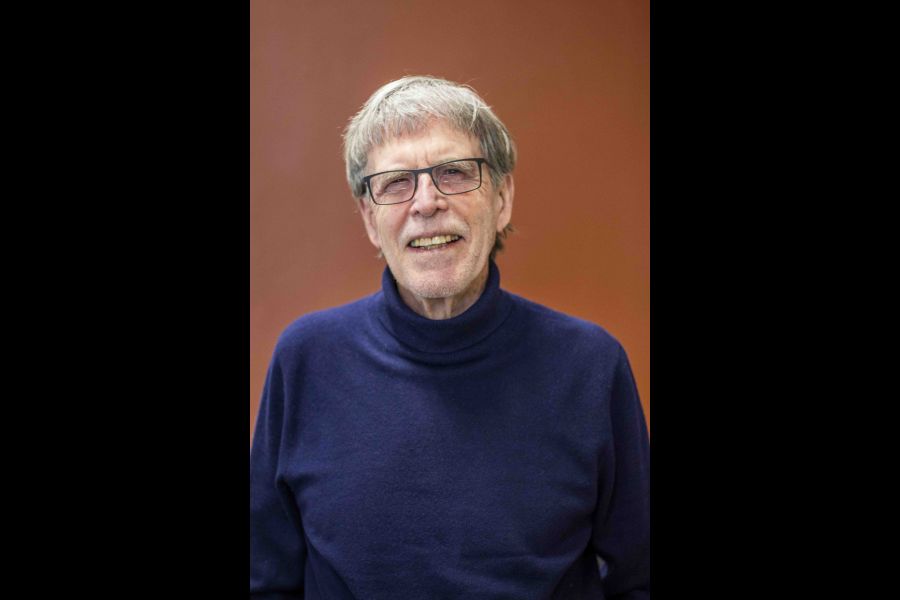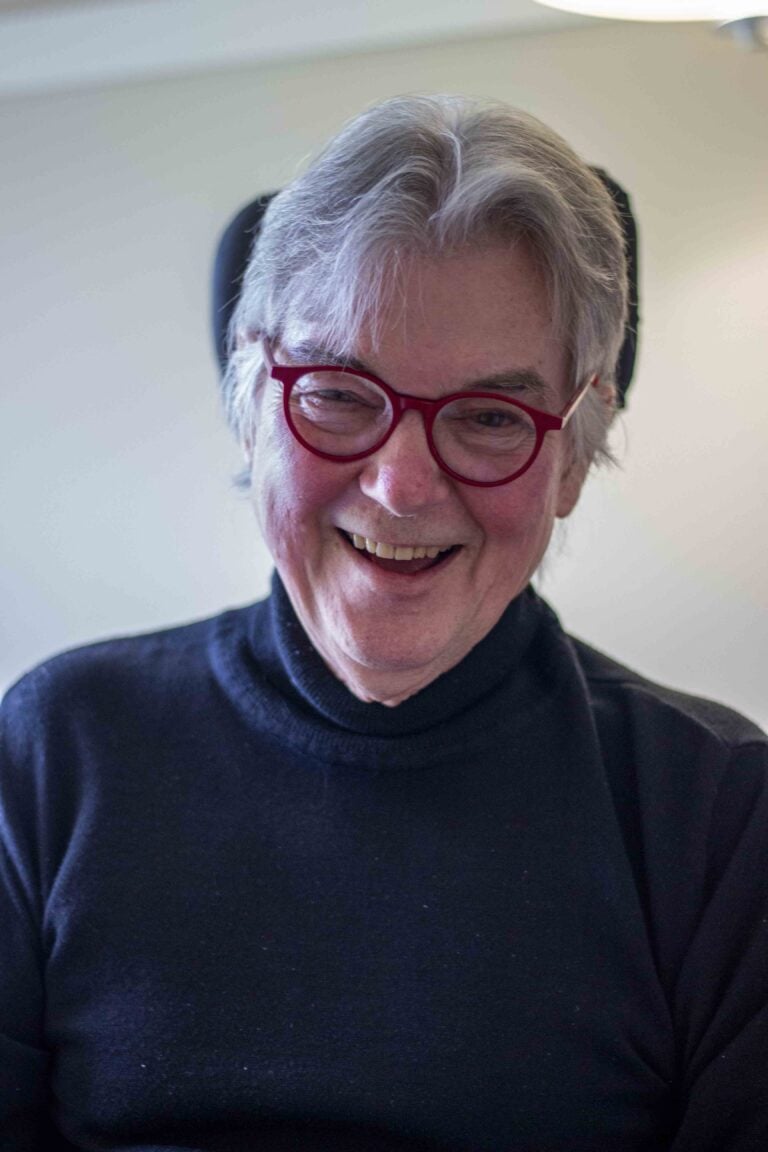Leftovers of last year’s weeds reminded me how much work it takes to control them.
So also it is with our minds – too many weedy distractions threaten to distract us, whether emails, text messages, browsing the latest continuously updated news from the Globe and Mail, the BBC, the New York Times, CNN or whatever our favourites might be.
All are instantly available 24/7 in our inboxes and all compete for our attention.
It wasn’t a problem for my parents’ generation when the news was one local daily paper and occasional broadcasts on the radio. Aside from local gossip and rumours, that was it.
This begs the question: do we need all that pressing instant information?
In his last years, Oliver Sachs let it be known that he no longer followed PBS’s “Newshour.”
Not because he had lost his passion for climate change and other important issues of the day, but because at 81, with metastatic melanoma filling his liver, he realized solutions for most of the issues of the day lay with younger generations.
Our brains are aware of only the tiniest bit of all the information it receives from billions of receptors in our body and subthreshold thoughts and feelings.
Were it not so, we would be overwhelmed with information intruding into our awareness.
Exceptions include those urgent, need-to-know signals, such as the sudden appearance of another car appearing in our peripheral visual fields signalling the car is on a collision course with our car, prompting us to act to avoid a collision.
For the most part, we pay attention to what’s at hand, such as me writing this column, with my cell phone on mute to avoid distracting pop-up offerings on my iPhone, enticing me to pick my phone up and cruise the screen.
In infancy and early childhood, paying attention to whatever’s going on is how our brains learn about those around them, the languages they speak, their habits and ways – all with apparent ease.
In the case of language, the underlying neuronal networks are innate too, but which languages the child acquires depends on the ones to which they are exposed.
Tragically, deprived of the opportunity to learn language much past the first decade, children may be unable to learn to speak despite the best efforts of language experts.
Such “learning windows” apply to vision as well. In cats, for example, covering one eye in such a developmental window leads to blindness in that eye and the appropriate neuronal networks fail to develop in the brain.
For much of a child’s early years, learning new skills is prompted by watching others, repetition and refinement until they get it.
During the first few years, the brain makes many more neurons and connections than will be retained. Only those connections and neurons that make the best connections with their preferred neurons survive.
The others die, leaving no trace in a process aptly called “programmed cell death.”
A similar overabundance occurs in the peripheral motor system where motor nerve cells compete to connect with muscle fibres. Only the strongest connections survive.
It’s all very Darwinian – the fittest nerve fibres, and sometimes nerve cells, survive.
It’s part of how the brain goes about the process of selecting the best connections and nerve cells.
Most of us choose what to spend our time and resources on and for us, those choices have consequences for the quality of life both for us and others associated with us.
What doesn’t work is what I think of as “attention drift” – prisoners of whatever gets our attention in fleeting moments.
One version happens to many patients with dementia. They become prisoners of the present and lose their capacity to make decisions based on past experience and anticipation of the future.
At the other end of the age scale are the formidable challenges the young face in making good decisions about friends, drugs and social media.
When I look back on my life, the equivalent years were far less challenging.
Friends were found in schools, my neighbourhood was bounded by a few blocks close to my home, no drugs and no Facebook and the like. We were lucky.
Sure, we got into trouble, but not the kind so many young people are faced with where the solution may tragically be suicide.
With so many compelling attractions, is it any wonder that some young people take so long to mature, sometimes into midlife and beyond?
The brain isn’t a prisoner to its genes. It responds powerfully to its environment.
Some of those behavioural changes become wired in for life and may even be epigenetically passed on to later generations.
The relatively young field of epigenetics will be the subject of another essay because it’s such a potentially strong influence on development across generations without the genome itself actually changing, just the ways those genes express themselves.
Dr. William Brown is a professor of neurology at McMaster University and co-founder of the InfoHealth series at the Niagara-on-the-Lake Public Library.








